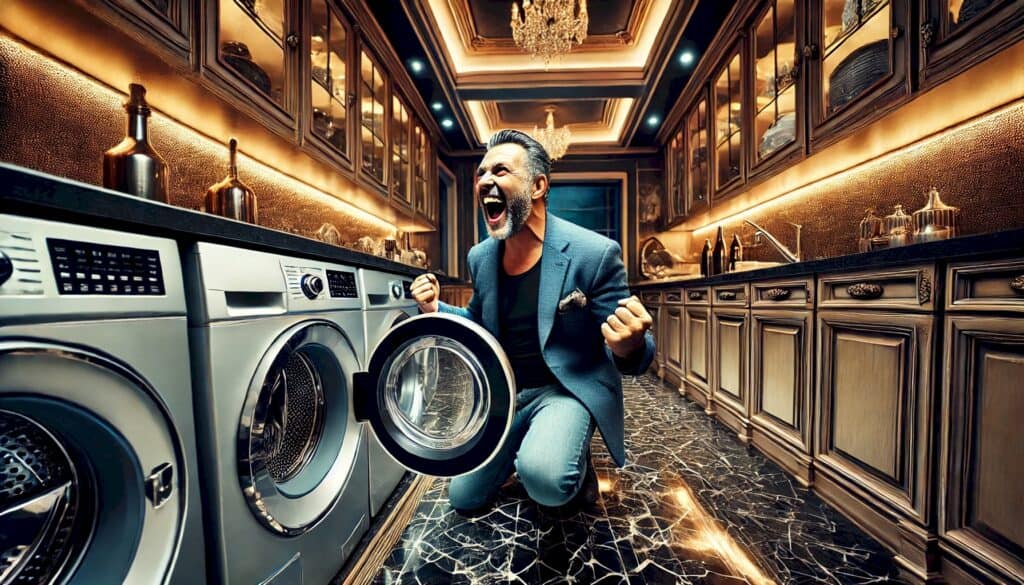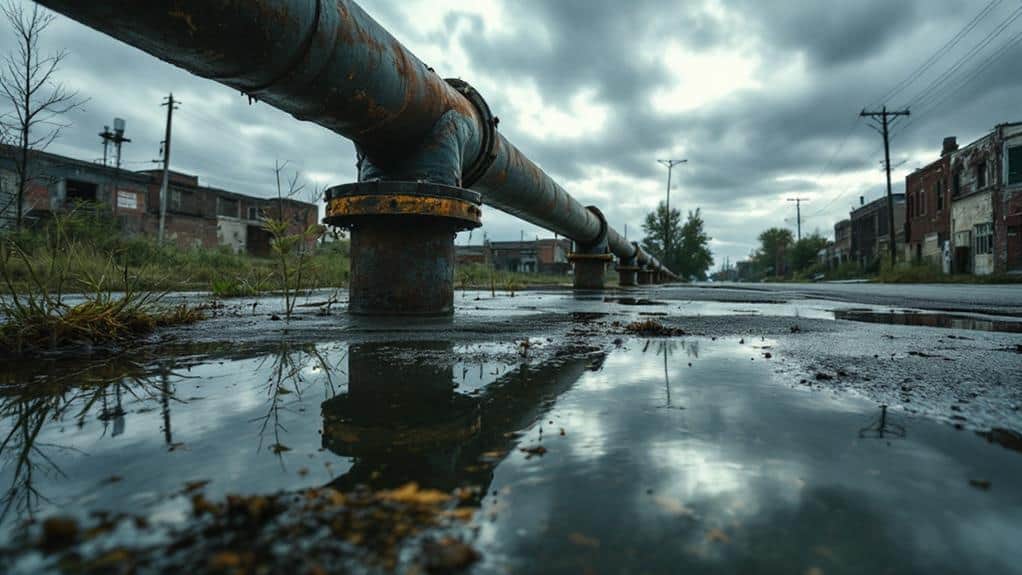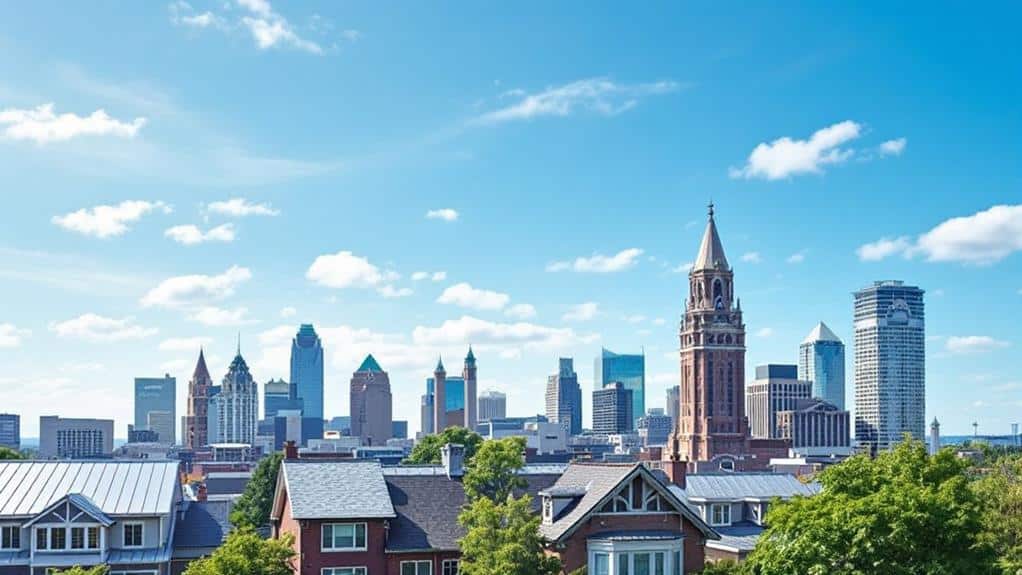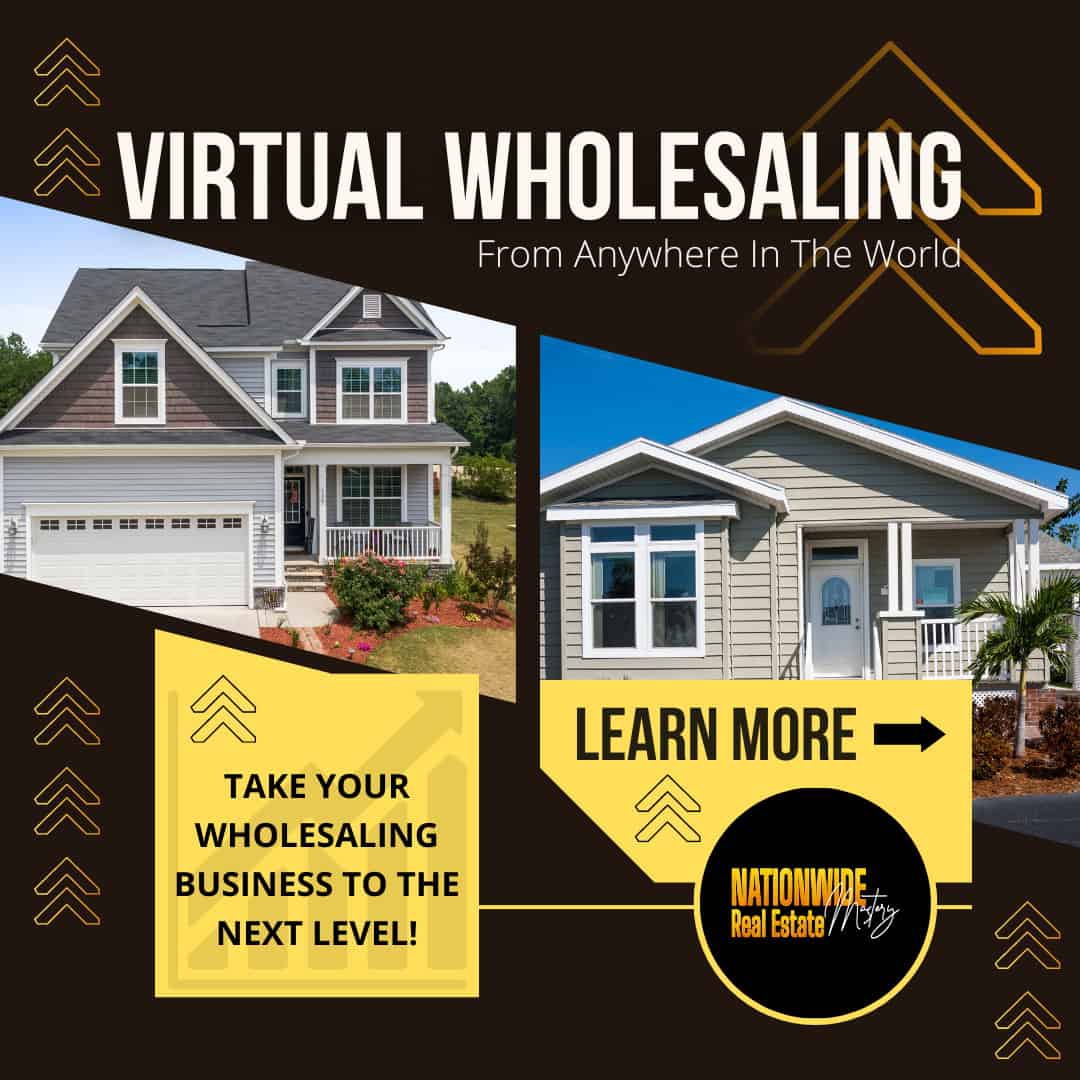Key Takeaways
- Upgrading to energy-efficient appliances can significantly reduce utility costs and increase ROI for real estate investors.
- Energy-efficient appliances boost property value and appeal, attracting quality tenants willing to pay higher rents.
- Simple, sustainable upgrades can improve marketability, cash flow, and overall long-term property value.
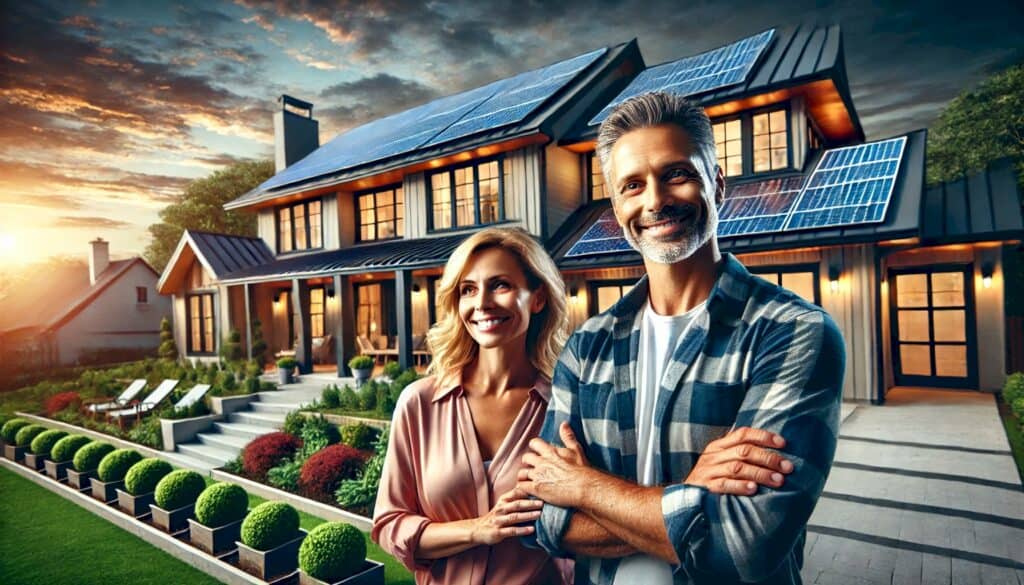
Introduction: Why Energy Efficiency Matters in Real Estate Investing
If you’re looking to squeeze every dollar out of your investments, energy efficiency might just be your secret weapon.
Nowadays, the real estate world is buzzing with energy-efficient upgrades – it’s one of the biggest trends, and for good reason.
Not only are tenants and buyers actively searching for eco-friendly properties, but smart investors are also seeing the financial benefits stack up.
So, why does this matter to you?
In simple terms, energy-efficient appliances can significantly slash operational costs.
The right upgrades can help you keep overheads low, which means more money in your pocket each month.
Plus, these upgrades boost property appeal and market value, giving you a competitive edge.
And here’s a quick fact to back it up: properties with energy-efficient features see up to a 10% increase in ROI over time.
Now, if you’re ready to learn how energy-efficient appliances can amp up your investments, keep reading – it’s time to unlock some serious savings!

Understanding the Financial Impact of Energy-Efficient Appliances
Alright, let’s get straight to it: energy-efficient appliances can be absolute game-changers for your bottom line.
Imagine slashing those pesky monthly utility bills, month after month, just by swapping out a few old appliances.
It’s a real possibility, and the best part?
These upgrades start paying for themselves faster than you might think.
Monthly Bills & Long-Term Savings
Let’s talk real numbers. When you replace your traditional appliances with energy-efficient ones, you’re looking at a noticeable drop in monthly expenses.
Think of it this way: that energy-efficient refrigerator or water heater isn’t just saving energy—it’s saving you money every single day.
Over time, these small savings stack up, bringing down the operating costs of your property and boosting your profits.
In fact, some property owners see savings of up to 20-30% on utility costs, especially in larger multi-unit buildings.
Energy-Efficient vs. Traditional Models
Now, you may be wondering: Are these appliances really worth the higher upfront cost?
Absolutely.
RELATED CONTENT
Here’s why: Traditional appliances may cost a bit less upfront, but they’re notorious for energy waste, running up utility bills, and creating long-term expenses.
Energy-efficient models, on the other hand, maybe a bit pricier out of the gate, but they’re designed to consume less energy, meaning they’re actually paying you back over time.
To put this into perspective: an Energy Star-rated washing machine uses around 25% less energy and 33% less water than a regular model.
Over time, these savings become significant, especially if you’re managing multiple properties.
Cashing In: Financial Incentives and Tax Rebates
Here’s the cherry on top: you don’t have to foot the bill for these upgrades all on your own.
Federal, state, and local governments offer a range of rebates, tax credits, and financial incentives to encourage energy-efficient upgrades.
For instance, you could snag a nice tax break just by installing an Energy Star appliance in your property.
Many states even have rebate programs where you can get cash back just for making these smart changes.
With these financial incentives, your out-of-pocket cost for upgrading could be a lot lower than you initially thought.
That means you’re not only saving on utilities in the long run but also getting part of your investment back right off the bat.
And when you consider the overall ROI from reduced operating costs and potential tax breaks, the choice is clear: energy-efficient appliances aren’t just an upgrade; they’re an investment that keeps paying you back.

Role of Energy-Efficient Appliances in Increasing Property Value
Let’s get to the good stuff: how much more your property could be worth simply by adding energy-efficient appliances.
Imagine being able to attract higher-paying tenants or, if you decide to sell, bumping up that property appraisal number.
Energy-efficient appliances aren’t just about saving on bills; they’re about making your property stand out, appealing to a new wave of eco-conscious buyers and tenants.
How Energy-Efficient Appliances Attract Buyers and Tenants
In today’s market, more buyers and renters are looking for homes that align with their eco-friendly values.
When potential tenants or buyers see that a home has energy-efficient appliances, it’s like a green flag signaling lower bills, less waste, and a sustainable lifestyle.
It’s a selling point that makes your property more desirable in a sea of “just average” listings.
Value Addition and Higher Rental Income Potential
Here’s where you start to see some real returns.
Energy-efficient appliances can allow you to set your rent a little higher.
Why?
Because tenants know they’ll save on utilities each month, which is a major draw.
This perceived value of cost savings makes them more willing to pay a premium, whether in rent or when negotiating a purchase price.
Higher Property Appraisals
And yes, it gets better.
When it’s time for an appraisal, those eco-friendly upgrades won’t go unnoticed.
Appraisers are looking for features that add longevity, efficiency, and market appeal to a property, and energy-efficient appliances check all those boxes.
So, by investing in these upgrades, you’re actively enhancing your property’s appraisal value.
In the end, these upgrades aren’t just about looking good on paper—they’re about boosting your property’s earning potential, whether you’re renting it out or preparing to sell.
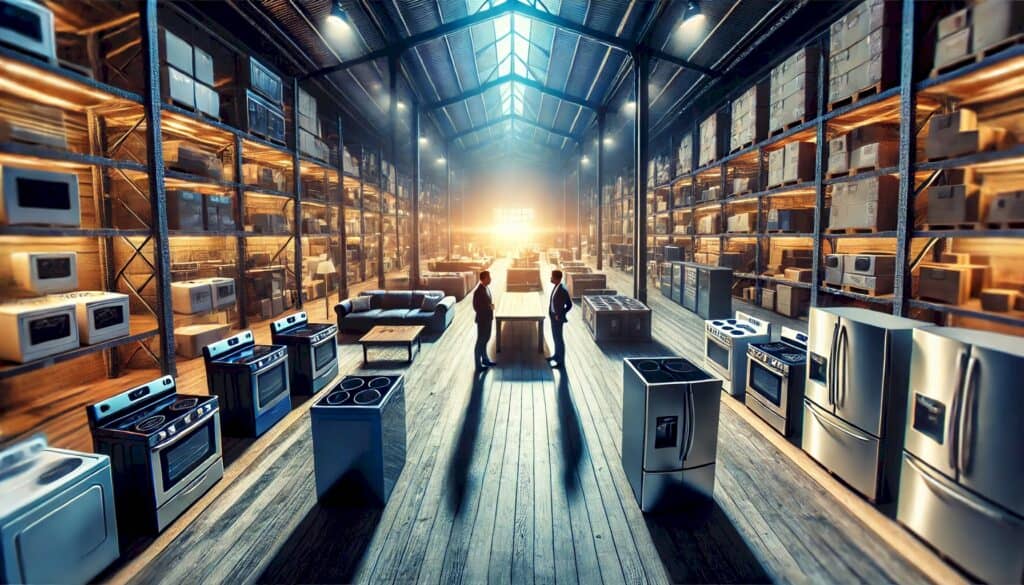
Key Energy-Efficient Appliances for Real Estate Investors
When it comes to choosing energy-efficient appliances, it’s all about picking the upgrades that’ll give you maximum savings, long-term reliability, and a great tenant experience.
Let’s jump into some of the must-haves that can make a big impact on your bottom line and appeal to today’s renters.
Smart Thermostats: Lower Costs and Tech Appeal
Imagine your tenants being able to control their heating and cooling from their phones! Smart thermostats are game-changers for managing energy usage, and tenants love them.
These thermostats can cut heating and cooling costs by learning tenants’ routines and automatically adjusting the temperature for efficiency.
Over time, you’ll see a noticeable reduction in energy costs, which translates to better NOI (Net Operating Income) and ROI (Return on Investment).
Energy Star Appliances: Certified Efficiency That Pays Off
Look for the Energy Star label when you’re upgrading appliances like refrigerators, dishwashers, and washing machines.
Why?
Because Energy Star certification means these appliances have met strict energy-efficiency guidelines, guaranteeing lower energy consumption.
Energy Star appliances can save you and your tenants hundreds of dollars over time.
Plus, it’s an easy way to market your property as eco-friendly and cost-effective, a real plus for today’s environmentally conscious renters.
Tankless Water Heaters: Efficient and Ideal for Multi-Unit Properties
Gone are the days of giant water heaters that drain energy even when they’re not in use.
Tankless water heaters heat water on demand, so you only use energy when hot water is needed.
They’re perfect for multi-unit properties since they take up less space and don’t need constant reheating.
With a tankless water heater, you can reduce energy consumption significantly, especially in properties where tenants use hot water at different times.
LED Lighting Systems: Bright Savings with Low Maintenance
Lighting may seem small, but it adds up!
LED lighting uses far less energy than traditional bulbs, and the savings add up every month.
LEDs also have a much longer lifespan, so you won’t need to replace them nearly as often – great news for both your maintenance budget and your tenants’ satisfaction.
LEDs are known for producing high-quality light, creating a comfortable, appealing atmosphere in any rental unit.
Each of these energy-efficient upgrades is an investment in your property’s profitability and appeal.
They’re cost-cutting, high-value additions that’ll help you attract great tenants, reduce expenses, and boost the overall value of your real estate investment.

Analyzing the ROI: Energy-Efficient Upgrades That Actually Pay Off
Now that you’re thinking about going green with your properties, the thought of if the numbers will work out in your favor is likely entering your mind.
Let’s break it down because, in the world of real estate investing, ROI is everything.
Here’s how those shiny new appliances can start paying for themselves and then some.
Cost vs. Savings: What’s Worth Your Investment?
When it comes to energy-efficient upgrades, not all are created equal in terms of cost and savings.
Let’s look at a few heavy hitters:
Smart Thermostats: You’re looking at an upfront cost of around $100–$300. But here’s the kicker—they can cut your heating and cooling bills by up to 10-12% per year. So, in a single-family home where energy bills average $150/month, you’re saving about $15 monthly. That thermostat pays for itself in about two years and keeps delivering those savings year after year.
Energy Star Appliances (Fridges, Dishwashers, Washers): Upfront costs can range from $500 to $2,000 per appliance. Monthly savings? Around $15–$30 each. Add up your initial investment, and you’re looking at a payoff within 5-7 years—after that, it’s pure profit. And remember, tenants will notice these upgrades, making it easier to attract quality renters.
Tankless Water Heaters: These bad boys are about $1,500–$3,000 to install but can save you up to 30% on water heating costs, which means an average of $10–$15 in monthly savings. Payback here takes longer, maybe 8–10 years, but for properties with multiple tenants or higher occupancy, it’s a fantastic investment.
Calculating the ROI Over 5-10 Years
Think about it this way: most energy-efficient appliances are built to last well over a decade, which means after their payback period, you’re essentially collecting a second stream of passive income through lower utility costs.
Let’s say you invest $5,000 across a few properties on energy-efficient upgrades.
After the initial payback, those savings could add up to $4,000–$5,000 over the next 5-10 years—money back in your pocket without lifting a finger.
Quick Tips for Assessing ROI by Property Type
Here’s the golden rule: the bigger the property (and the more tenants), the faster you’ll see the payback.
Single-family homes are often great candidates for smart thermostats and Energy Star appliances, whereas multi-family units can benefit more from bulk installations like LED lighting and tankless water heaters.
Energy-efficient upgrades aren’t just about cutting costs.
They’re about setting your property apart, giving tenants (and future buyers) a reason to choose you over the competition—and delivering consistent returns long after that initial investment.

How to Find and Finance Energy-Efficient Upgrades
Alright, so you’re sold on the benefits of energy-efficient upgrades—but now you’re wondering, “How can I afford all this?”
The good news?
You’ve got options, and some of them might be easier on the wallet than you think.
Let’s break down how you can get these upgrades financed, take advantage of government incentives, and find trustworthy contractors to make sure your upgrades are top-notch.
Financing Options: Loans, Green Financing Programs, and Energy-Efficient Mortgages
First up: loans and green financing.
Many lenders are offering special financing options to encourage energy-efficient investments. Here’s a quick look:
Personal Loans: These can be handy if you need quick funds. While interest rates vary, some lenders offer lower rates for energy-efficient upgrades, making this an option worth considering.
Green Financing Programs: Programs like PACE (Property Assessed Clean Energy) let you finance energy-efficient upgrades and then pay them off through your property tax bill. This can be a big perk because it usually means low interest rates and extended repayment terms.
Energy-Efficient Mortgages (EEMs): If you’re buying a new property or refinancing, look into EEMs. They’re designed to finance green upgrades, and the costs are rolled into your mortgage. That means more cash flow upfront and manageable payments over time—ideal for investors focused on boosting ROI.
Government Incentives: Federal, State, and Local Programs Offering Rebates or Tax Credits
Now, let’s talk free money.
The government wants you to go green, and they’re putting their money where their mouth is through rebates and tax credits.
Here’s how to cash in:
Federal Programs: The federal government offers tax credits for a range of energy-efficient upgrades, from solar panels to efficient HVAC systems. Check out the Energy Star program for detailed info on what qualifies.
State Programs: Many states have their own incentives that can complement federal credits. Some even offer rebates for installing certified appliances, insulation, or new windows, reducing the upfront cost right away.
Local Programs: Don’t forget your city or county; local governments often have smaller rebate programs aimed at encouraging green building practices. Take a look at your local utility company too—they frequently offer incentives for upgrading to energy-efficient systems.
Partnering with Contractors and Vendors: Choosing Reliable Suppliers and Installers for Quality Assurance
Lastly, let’s talk contractors.
You want these upgrades done right—the first time.
Here’s what to keep in mind:
Look for Energy-Efficiency Certifications: Contractors certified in energy-efficient installations know the ins and outs of these systems, ensuring you get the savings you’re expecting. Look for vendors with Energy Star or green building certifications.
Get Multiple Quotes: Shop around! Getting multiple quotes can save you big in the long run. Plus, you’ll be able to spot any red flags if a price seems too low (or high).
Check Reviews and References: Don’t skip this step. Reliable installers will have a trail of happy clients, and you’ll find them eager to talk about their experience. Ask other property owners or check reviews online to verify you’re hiring a pro who knows their stuff.
By combining the right financing, incentives, and expert partners, you’re setting yourself up for an investment that will keep paying off in both ROI and tenant satisfaction.
Start with a few small upgrades and watch the savings—and your property value—stack up.

Marketability Boost: How Energy Efficiency Attracts Quality Tenants
Alright, let’s talk about one of the best-kept secrets in real estate: energy-efficient upgrades don’t just save you money—they can also bring in some seriously great tenants.
Think about it.
Today’s renters aren’t just looking for four walls and a roof; they’re looking for properties that align with their values.
And being environmentally conscious?
That’s a big one for a growing number of renters.
By adding energy-efficient appliances and fixtures, you’re doing more than making your property look good on paper—you’re appealing directly to tenants who care about sustainability and want to live somewhere that reflects it.
Now, here’s where it gets even better.
Properties with energy-efficient features don’t just attract these tenants; they help keep them around longer.
People who feel comfortable in their living space and believe they’re saving on energy costs (while also doing good for the planet) are much more likely to renew their leases.
Fewer vacancies and consistent rent payments? That’s the real win.
Real-World Results: Tenants Who Stay Longer and Love Where They Live
Let’s look at an example.
A multi-unit property owned by one of our subscribers, recently upgraded to Energy Star-certified appliances and swapped out the traditional lighting for energy-saving LEDs.
After making these updates, they noticed an increase in tenant retention by nearly 20%!
One tenant even mentioned in a review, “It’s great to see a property that cares about the environment, and my energy bills have dropped since moving in. This is definitely a place I want to stick around.”
With testimonials like that, you’re not just filling units; you’re building a community of tenants who love where they live and are willing to stay long-term.
And the beauty of it all?
These energy-efficient investments pay for themselves by reducing turnover costs and vacancy loss.
So, if you’re looking for a way to boost your property’s appeal and profitability, energy efficiency might just be your new best friend.
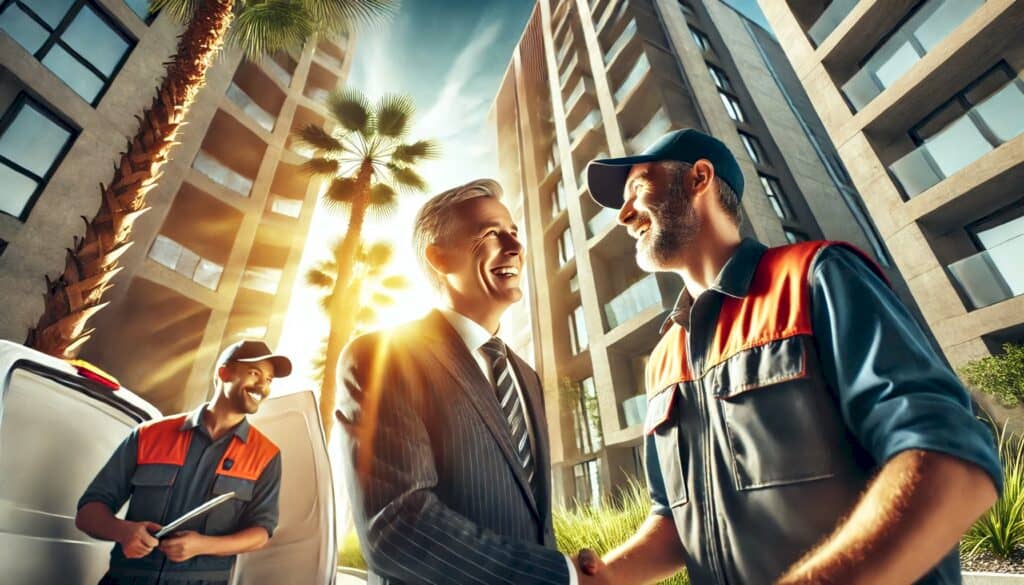
Conclusion: Maximizing ROI with Smart, Sustainable Investments
So, here’s the bottom line: energy-efficient appliances aren’t just a trend—they’re one of the smartest moves you can make to cut expenses and boost property value.
By swapping in these smart, energy-saving tools, you’re not just trimming utility bills; you’re also making your property more attractive to renters and buyers who value sustainability and lower living costs.
It’s an investment that pays you back in both cash flow and overall asset value.
Now’s the perfect time to take a look around your properties.
Which areas need an upgrade?
Even starting with a few high-impact appliances—like a smart thermostat or Energy Star-certified refrigerator—can make a noticeable difference.
Little by little, you’ll see the savings stack up, and your property’s appeal increase.
If you’re new to energy efficiency, here are a few quick wins to get started:
- Start with Lighting: LED bulbs are cheap, easy to install, and instantly lower electricity use.
- Go Smart with Thermostats: Upgrade to a programmable thermostat for real-time savings.
- Look for Energy Star Ratings: When replacing major appliances, check for the Energy Star label for maximum savings.
Taking these first steps today can lead to a future where your property works just as hard as you do to maximize ROI and grow long-term wealth.
Ready to make the change?
Let’s go green and boost that GREEN bottom line!
